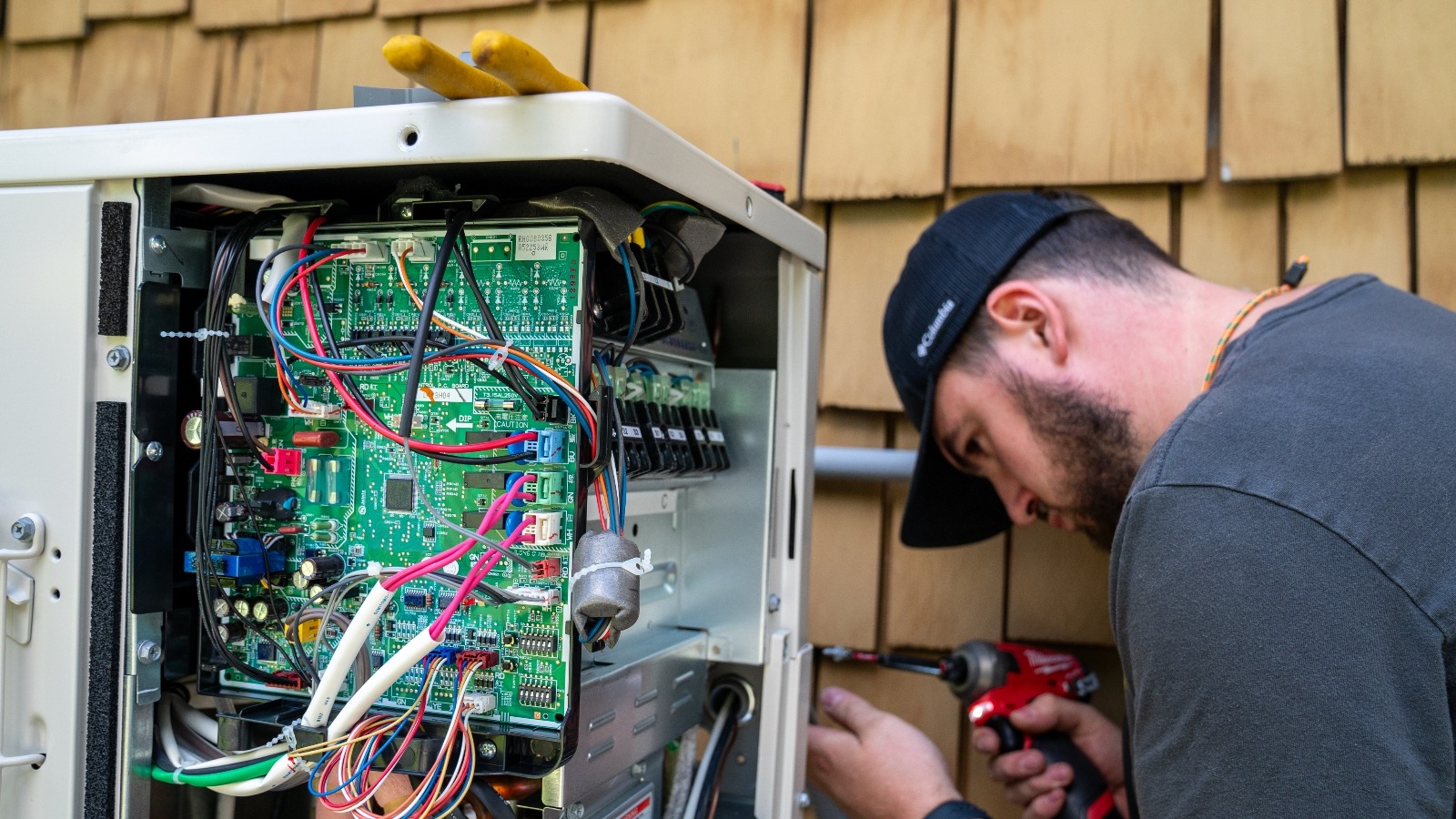Fishes, Vol. 10, Pages 492: Anthropogenic Microparticles in Aquaculture and Wild Fish: A Case Study of Three Commercially Important Species in the Eastern Mediterranean
Fishes doi: 10.3390/fishes10100492
Authors:
Aikaterini Kostoula
Eugenia Moschou-Kounopioti
Niki Milatou
Persefoni Megalofonou
Over the past decade, increasing attention has been given to the impacts of anthropogenic microparticle (AM) pollution on marine ecosystems. This study investigates AM ingestion in three commercially important fish species—Sparus aurata Linnaeus, 1758, Dicentrarchus labrax Linnaeus, 1758, and Boops boops Linnaeus, 1758—collected from both wild and farmed populations in Greek marine and lagoon environments. A total of 60 specimens were sampled from the Messolonghi Lagoon, Rhodes Island, and the Cyclades. AM were detected in 61.7% of the individuals analyzed. The mean number of ingested items per individual was 1.1 ± 1.2 in B. boops, 1.0 ± 1.7 in wild and 2.3 ± 2.1 in farmed S. aurata, and 2.5 ± 3.1 in wild and 3.6 ± 2.2 in farmed D. labrax. Ingestion ranged from 0 to 9 items per fish. No significant correlations were found between fish size and either the number or the size of ingested AM in any species. The ingested AM were primarily classified as fibers and fragments, displaying variability in size and color. Black was the dominant color across all species, followed by red and blue, while yellow was rarely observed. A statistically significant difference in the mean size of AM was recorded between wild and farmed D. labrax, whereas no such difference was observed for S. aurata. Overall, these findings provide new evidence on AM contamination in seafood species and highlight their occurrence in both natural and aquaculture environments of the eastern Mediterranean.
Source link
Aikaterini Kostoula www.mdpi.com

